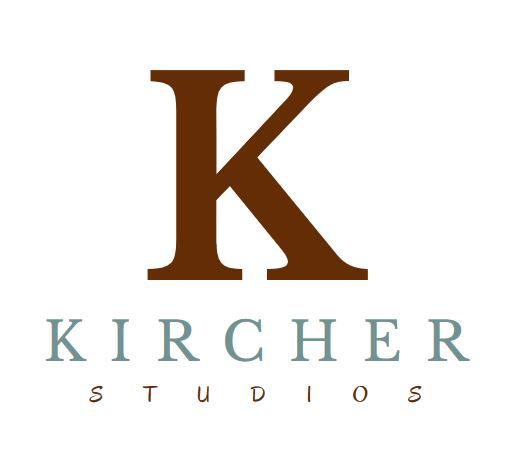
Lynn’s Creative Process
Lynn Kircher’s unique creative process allows him to masterfully blend traditional techniques with modern technology. His artistic journey begins with a carefully crafted clay figure, which he meticulously shapes and refines until it captures the essence of his artistic vision. Once satisfied with the form, he either creates a mold around the clay figure or works with a 3D digital scan of the work. The next step in Kircher’s process is bronze casting, where the original mold is used to cast a stunning bronze sculpture, a testament to his skill and attention to detail. After the bronze casting is complete, Kircher adds depth and character to the sculpture through patination, a chemical process that results in a rich, textured finish.

Lynn’s Creative Process
Lynn Kircher’s unique creative process allows him to masterfully blend traditional techniques with modern technology. His artistic journey begins with a carefully crafted clay figure, which he meticulously shapes and refines until it captures the essence of his artistic vision. Once satisfied with the form, he either creates a mold around the clay figure or works with a 3D digital scan of the work. The next step in Kircher’s process is bronze casting, where the original mold is used to cast a stunning bronze sculpture, a testament to his skill and attention to detail. After the bronze casting is complete, Kircher adds depth and character to the sculpture through patination, a chemical process that results in a rich, textured finish.
High Resolution 3D Scanning
The final stage of Lynn’s creative process involves the use of 3D digital scanning technology to create a digital print of the finished piece. This innovative approach allows Kircher Studios to reproduce and share artwork with a wider audience and in varying sizes and media, while preserving the integrity of the original sculpture. In this way, Lynn Kircher masterfully marries traditional sculpting methods with the power of modern technology, resulting in a breathtaking body of work that stands the test of time.
Form-3D Foundry
The digital technology team, Form-3D Foundry, travels from Portland Oregon and accompanies us at either our studio or foundry. They deploy their mobile digital scanning equipment to capture our sculptures on location, whether in clay at our studio or in bronze at the foundry. Subsequently, they process these scans in Oregon to generate our comprehensive 360-degree digital files. I then travel to Portland, Oregon, to cooperate with their team in fine-tuning these files on the computer, making subtle adjustments to enhance the sculptures.
Upon receiving an order, Form-3D Foundry fabricates a castable print that is forwarded to the foundry for gating and application of a ceramic shell.
Swipe photo to the left to see more images on how this piece was created.
Digital 3D scanning allows for reproduction in a variety of sizes, from figurines to half size to life-sized works.

















